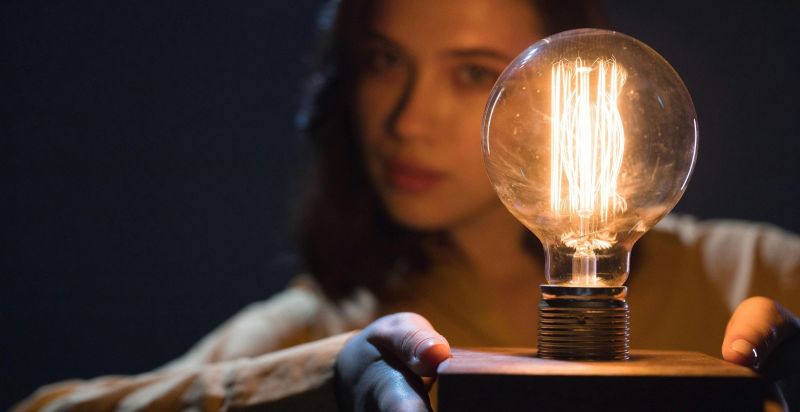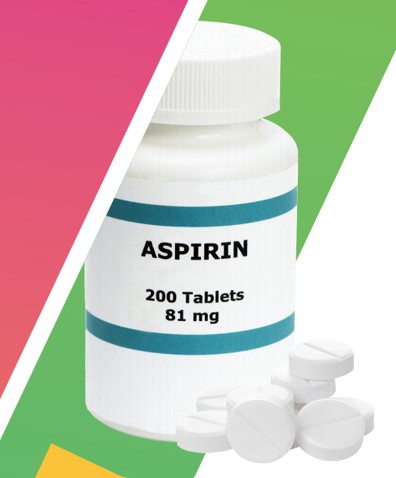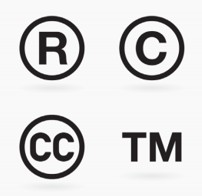
Think about the following questions.
1. What are some of the greatest inventions of all time? Who invented them?
2. If you had unlimited time and money to invent something, what would it be?
3. How do inventors prevent other people from stealing their ideas?
VOCABULARY PREVIEW
Match each New Academic Word List(NAWL) word with the correct definition.
- viable _____
- specialty _____
- obtain _____
- adaptation _____
- theorem _____
- machinery _____
- a. man-made moving devices
- b. a change to an existing design or concept
- c. a formula, proposition, or general statement in the sciences
- d. area of expertise
- e. to get or acquire
- f. having a reasonable chance of succeeding
PATENTS

After years of backbreaking1 work and research, you have finally invented something that will solve many people's problems and make the world a better place. Now what do you do? Your next step, if you are smart, is to obtain a patent.
Patents are agreements between inventors and the government that give inventors ownership of their creations for a certain amount of time. Patents also allow a person to own the idea for a not-yet-completed invention. US patent law states that an invention is "any new and useful process, machinery, manufacture, or composition of matter, or any new and useful improvement thereof2". Basically, anything that someone creates can be protected from theft by patenting.
Most things people use every day are or have been protected by patents. Examples include the first commercially viable electric light, which was patented by Thomas Edison in 1879; the drug aspirin, which was patented by Felix Hoffmann in 1899; and the rubber band, patented by Stephen Perry in 1845. Less obvious inventions have also been patented, such as special motors, gears3, and machinery used in manufacturing settings. Strangely enough, living things can also be patented, as illustrated in 1988, when two Harvard University doctors were issued the first-ever patent for a new animal life form a genetically altered mouse.
But not everything can be patented. One must first have an original idea for an invention. The invention does not have to be something that has never been thought of before, as most patents are for new adaptations or improvements on existing technology and not wholly new items. For example, the camcorder is a combination of the video camera and the tape recorder, but it was a new idea to combine them into one machine. Theorems regarding "natural laws" cannot be patented. Even though the principle of relativity4 was developed by Albert Einstein, he could not patent it because he did not invent it-it was already part of the natural world.
Patents are important because they protect a person's idea from others who might want to steal it. "If you work hard inventing a new machine or procedure5, then you should be able to benefit from it financially," says Timothy Elkins, a patent attorney. "You shouldn't do the work and then have someone make money off of your idea." Patents also help to share ideas and technological information with other inventors and researchers. A description of all patented inventions is put into a database6, which can be accessed by other people in the same field of interest. Patents also help to stimulate7 research by large companies. Finally, companies, especially large ones like IBM, Samsung, and Sony, can make a lot of money by holding patents on certain inventions and charging other companies money-called royalties-to use their ideas.
Patenting an idea can be quite time-consuming and expensive. After an inventor finishes creating a new invention, the next step is to fill out patent paperwork, which can be a long and complicated process. Usually, this type of research is done by a patent attorney, a lawyer whose specialty is patents. Patent attorneys can be costly, but they are almost always necessary because they make sure the patents are filed8 correctly. After all the paperwork has been reviewed by the inventor and the inventor's attorney, it is submitted to the patent office along with a registration fee. The patent is sometimes rejected and must be resubmitted, and in this way, the process can be drawn out for many years. In fact, it often takes up to five years to complete the patent process.
Once the patent process is completed, an inventor's idea still may not be completely protected. Patents only apply in the country in which they are issued. So if a machine is patented in the US, the patent only applies to the US. Unless patents are applied for in other countries as well, there is nothing to stop imitators around the world from copying that idea.
New Academic Word List
- backbreaking 1 : adj. involving very difficult physical work or effort
- thereof 2 : adv. of the thing that has been mentioned
- gear 3 : n. a mechanism that performs a specific function in a complete machine
- relativity 4 : n. the theory that says that the way in which anything but light moves through time and space depends on the position and movement of the observer
- procedure5 : n. a series of actions that are done in a certain way or order
- database 6 : n. a large collection of data organized for rapid search and retrieval on a computer
- stimulate 7 : v. to increase; to excite
- file8 : v. to initiate (a legal action) through a formal procedure
READING COMPREHENSION
A ‣ Mark each statement as true (T) or false (F) according to the reading.
- Patents give inventors permanent ownership of their creations.
- True
- False
- Patents are designed to protect consumer products rather than industrial goods.
- True
- False
- Patents can also apply to living things.
- True
- False
- Getting help from a lawyer to file a patent is usually necessary.
- True
- False
- Patents often take more than five years to process.
- True
- False
B ‣ Choose the best answer according to the reading.
- What is the reading mainly about?
- a. The definition and uses of patents
- b. The difficulty of the patent application process
- c. The reasons patents are necessary
- d. The history of patent law
- A patent is an agreement between an inventor and _____.
- a. the rest of society
- b. businesses
- c. the government
- d. a patent attorney
- The word composition in paragraph 2 means _____.
- a. combination
- b. compromise
- c. process
- d. procedure
- Why don't patents protect inventions completely?
- a. Because the inventor has to renew the application every year
- b. Because someone can imitate the idea in another country
- c. Because the registration and attorney fees may not be affordable
- d. All of the above
C ‣ Look for the answers in the reading and write them on the lines.
- Two doctors at Harvard patented a(n) _____.
- Inventors in the same field share their patented ideas through the use of a(n) _____.
- The fees charged by patent holders for use of their ideas are called _____.
SUMMARY
Fill in the blanks with the phrases in the box.
- existing technology
- patent attorney
- amount of time
- every day
- plenty of paperwork
- original idea
Patents are agreements between inventors and the government, giving inventors ownership of their creations for a certain 1 _____. Patents are necessary to prevent the theft of people's inventions. Many things that we use 2 _____ are protected by patents. Almost any 3 _____ can be patented, including processes, machines, and modified living things. Most patents are for improvements on 4 _____, not wholly new items. Descriptions of patented ideas can be accessed in a database and often stimulate new research. Patent holders can make money by charging others to use their ideas. To apply for a patent, you must submit 5 _____ and a fee, and it can be a long process. A(n) 6 _____ can be very expensive but is almost always necessary to avoid having your patent application rejected.
VOCABULARY PRACTICE
Fill in the blanks with the words in the box. Change the form if necessary.
- adaptation
- machinery
- obtain
- specialty
- theorem
- viable
- After the first two courses, the waiter brought out a rack of lamb: the chef's _____ .
- It is not possible to legally _____ Cuban cigars in the US.
- It takes money, a solid plan, and hard work in order to make a new business _____ .
- In ancient Greece, Pythagoras came up with a famous _____ about triangles that have right angles.
- The _____ in the old factory was outdated and in need of repair.
- Many Hollywood movies are _____ of novels or non-fiction books.
SUPPLEMENTAL READING
Copyrights, Trademarks, and Trade Secrets

Patents are used to help creators protect a special type of property known as intellectual property, defined as "the product of a person's or company's originality and creativity." However, there are other ways to protect different kinds of intellectual property, including copyrights, trademarks, and trade secrets.
Copyrights protect "original works of authorship." This includes anything creative that is written down or presented visually-such things as books, musical compositions, paintings, and even movies and architecture, can all be protected by copyrights. The copyright lasts for the life of the author, plus an additional period that varies by country and type of intellectual property following the author's death. For literature in the US, the period is seventy years. After this time has passed, the works are no longer protected by the copyright. They are then classified as part of the "public domain," and anyone can copy or use them without permission.
Trademarks, on the other hand, protect product designs and slogans that a business uses to distinguish its product from other companies' products. For example, Nike is well known for its "swoosh" logo as well as its motto, "Just do it." No other company can use either of these for its own purposes because they are already trademarks that belong to Nike.
One special type of intellectual property is the trade secret. This is special information that usually confers an economic benefit on a company and that employees must legally promise to keep secret. A good example is the formula for Coca-Cola, a secret known only to a few employees.
Fill in the blanks with information from the reading.
- After its copyright ends, a work becomes part of the _____ .
- A logo can be protected as a(n) _____ .
- The formula for Coca-Cola is protected as a(n) _____ .

Leave a comment
Load more